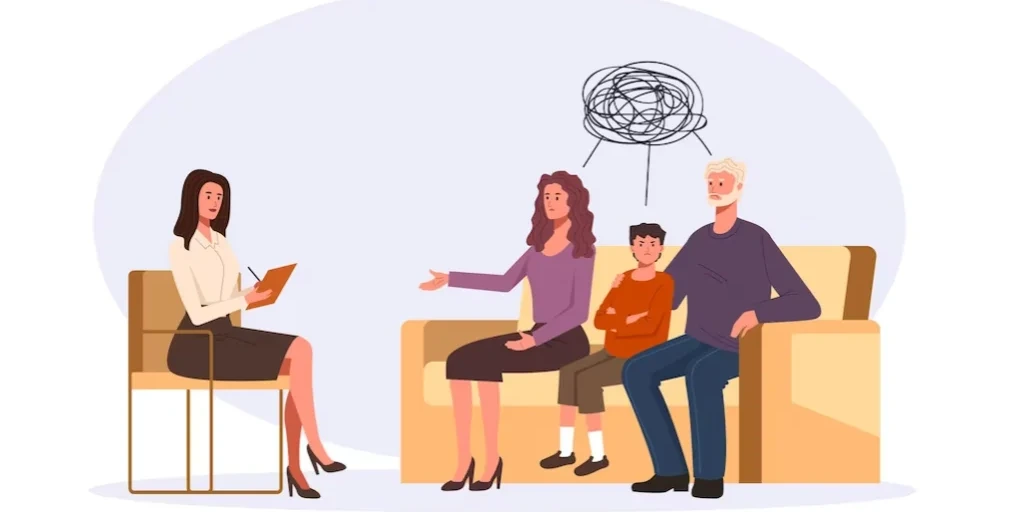offers a lifeline for individuals struggling with addiction, providing intensive, structured treatment programs designed to address the complexities of various substance use disorders. These rehab centers focus on treating a wide range of addictions, including alcohol, opioids, stimulants, and prescription medications. The treatment approaches utilized within these facilities typically encompass medical detoxification, individual and group therapy sessions, as well as holistic practices designed to heal the mind, body, and spirit. Recognizing the importance of inpatient rehab, these centers play a crucial role in helping individuals transition from addiction to recovery, thus restoring hope and functionality in their lives. Over the years, the rehabilitation facilities in Clay County have continually evolved to meet the changing needs of society, building a reputation for not only treating addiction but also for fostering a strong sense of community and support among patients. The significant impact of these centers spans across the United States, highlighting the increased awareness of addiction as a medical issue that requires specialized care. Given the ongoing opioid crisis and rising alcohol-related challenges, the role of inpatient rehab centers in Clay County is more vital than ever.
Learn more about Inpatient Rehab centers in Clay County

































